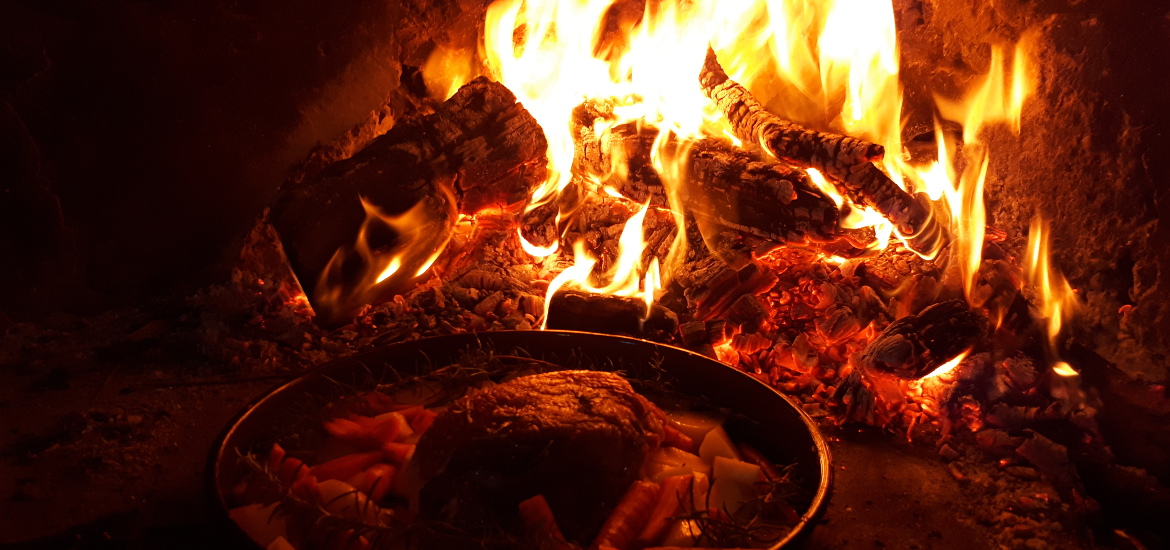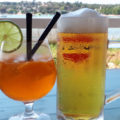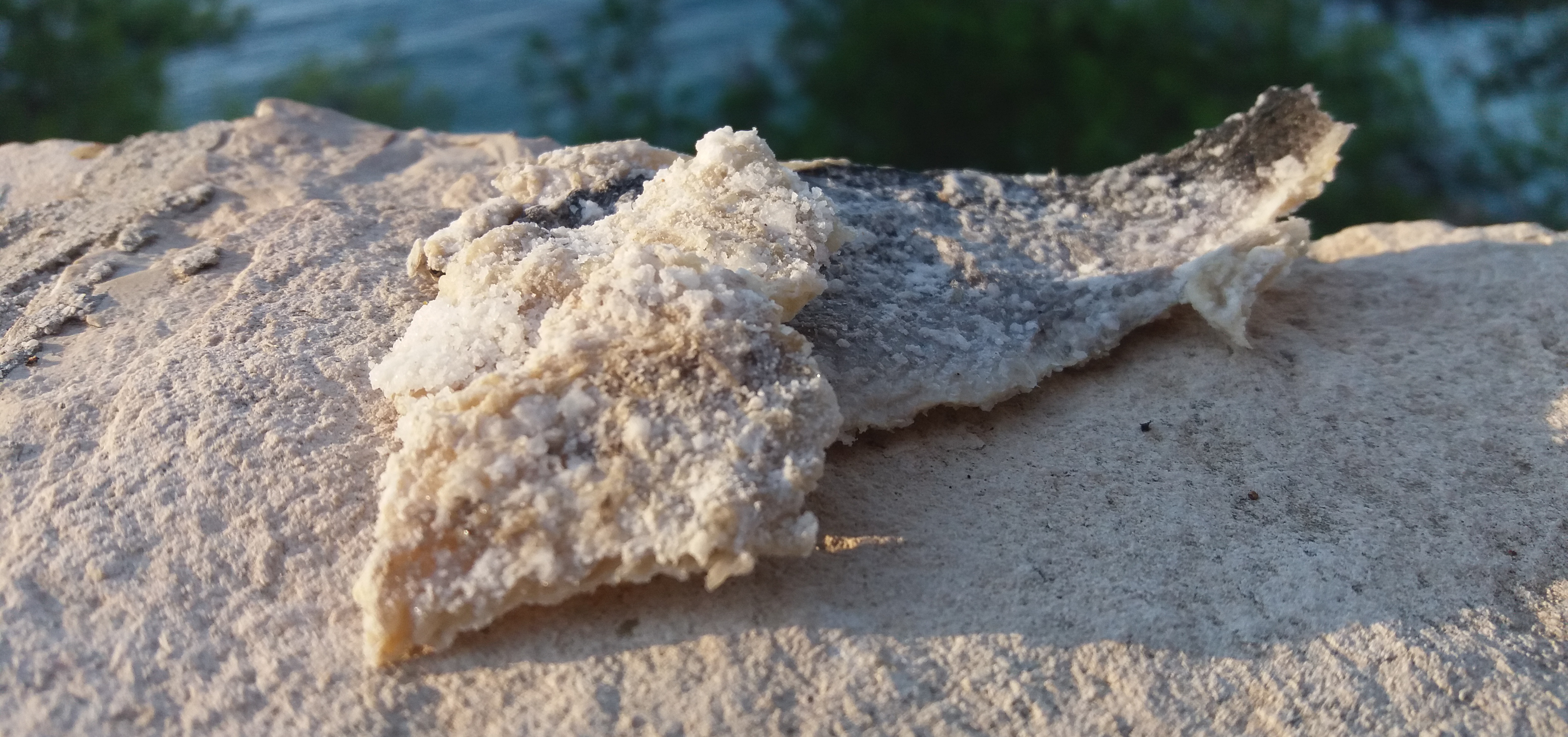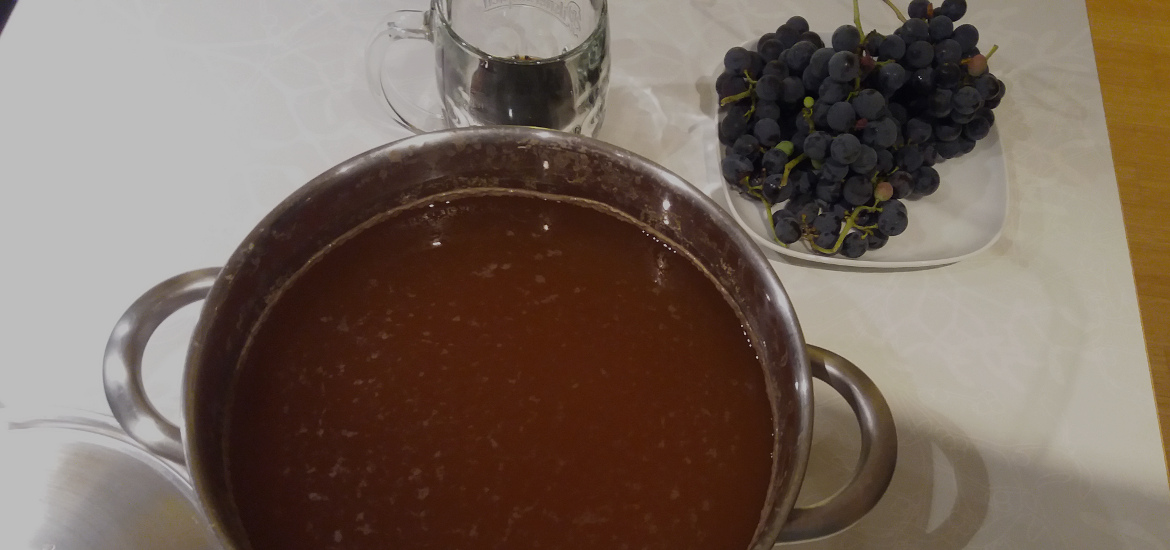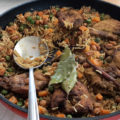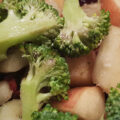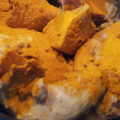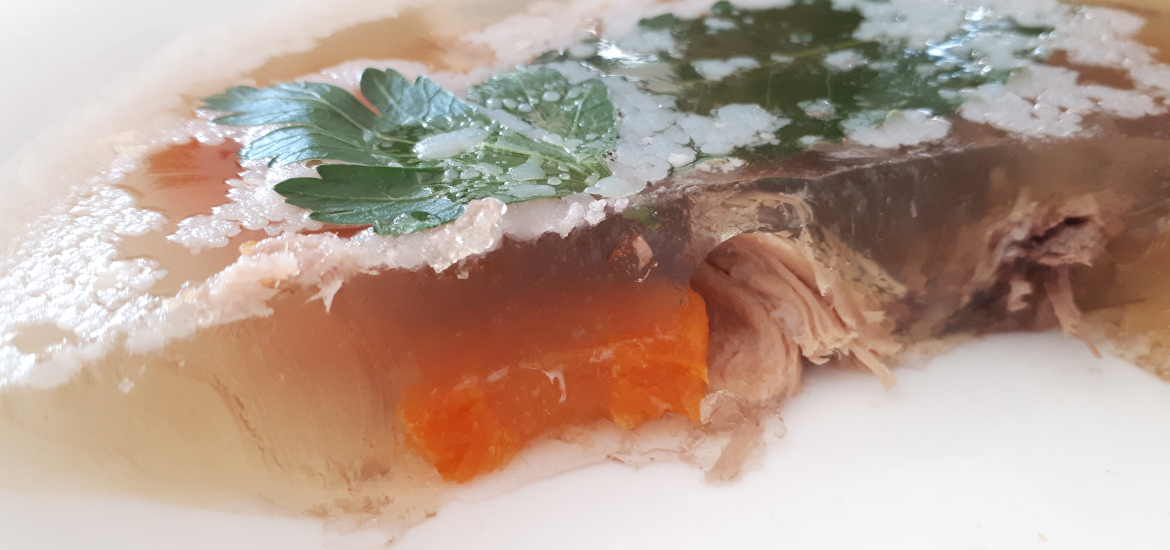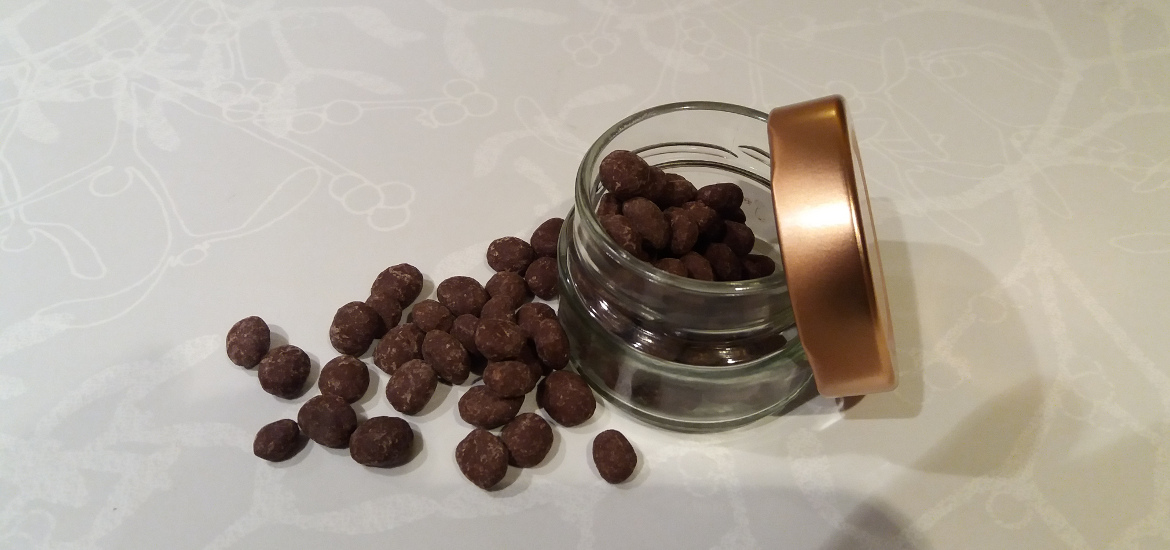Coal bed cooking is a magic of primary feelings. The true essence of food preparation. With practically no utensils, only fire, you can prepare fully cooked meals from scratch. A bit more refined versions is to use pots or camp owens directly in the coal bed. This allows you to prepare truly excellent dishes, not just survival food. Some of the examples are presented below, so you do not have to take my word for it. It looks, and it is, fairly easy. You light the fire, wait a bit, put food into coal bed and take it out when it is cooked. But there are some tricks and small, but important things that you should keep in mind.
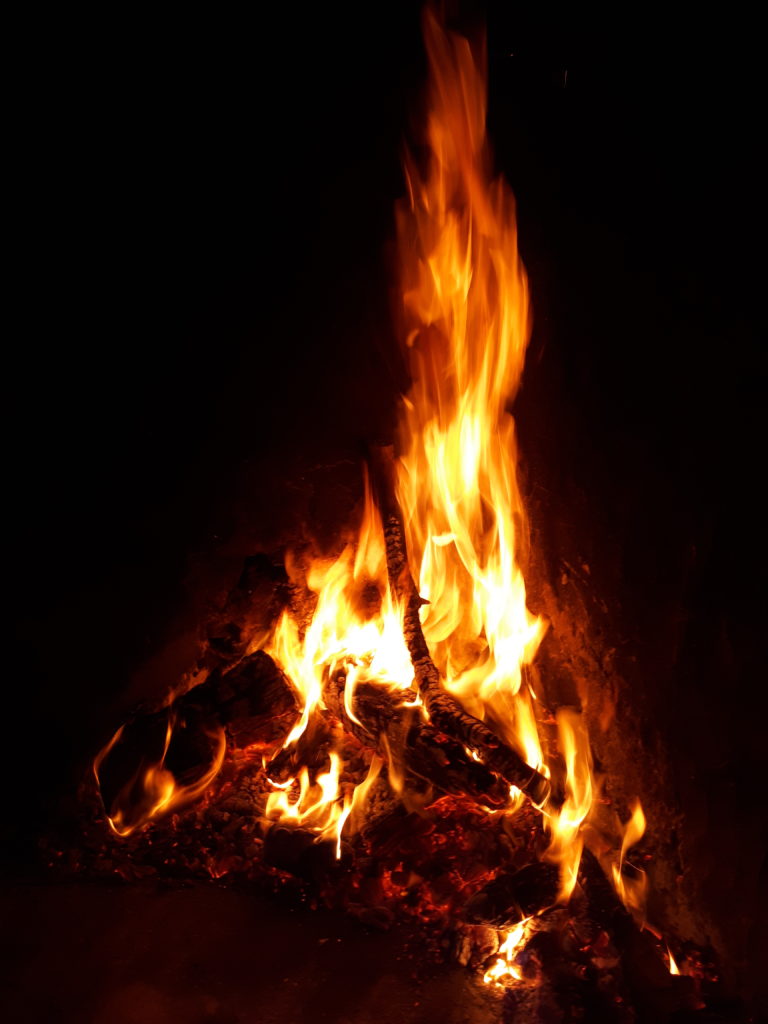
How to make fire
The fire is best made from relatively thick logs (e.g 10 cm or more). The wood should be dense, like oak or, to produce nice, long glowing embers. Avoid light wood like spruce, since it will burn up too fast. The fireplace is preferably stone or brick, since it will maintain the heat loger, but dry earth will also do. Light the fire and let it burn for around 30 minutes, to heat up the fireplace and get some embers. Finally, before start, brush aside the burning wood and embers, to make room for the pots on the heated floor. This is universal first step.
Cookware
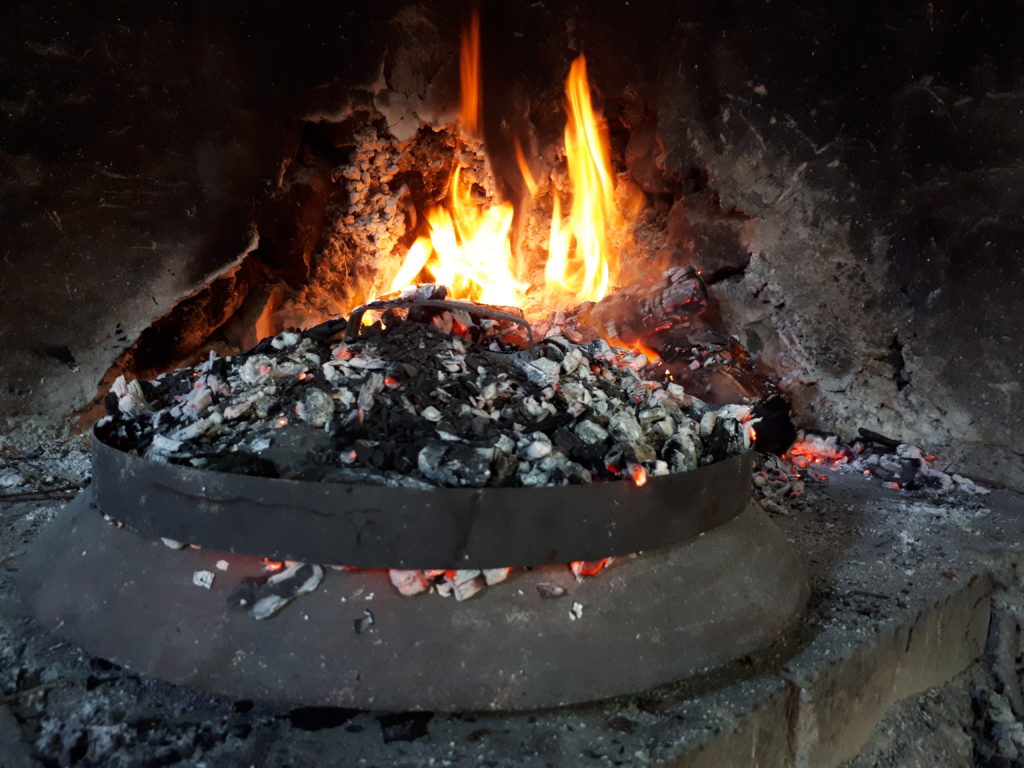
The cookware is also relatively universal. The pots are made from iron, usually of low height. In the end any pot, that would not melt, could be used. Ideally you use a big cast iron lid, to cover whole pots. This way heat is dispersed more evenly and you can use one cover for all pots.
The cooking procedures are also fairly similar, with time of cooking being the most important thing. Just check the examples below.
Meat and potatoes
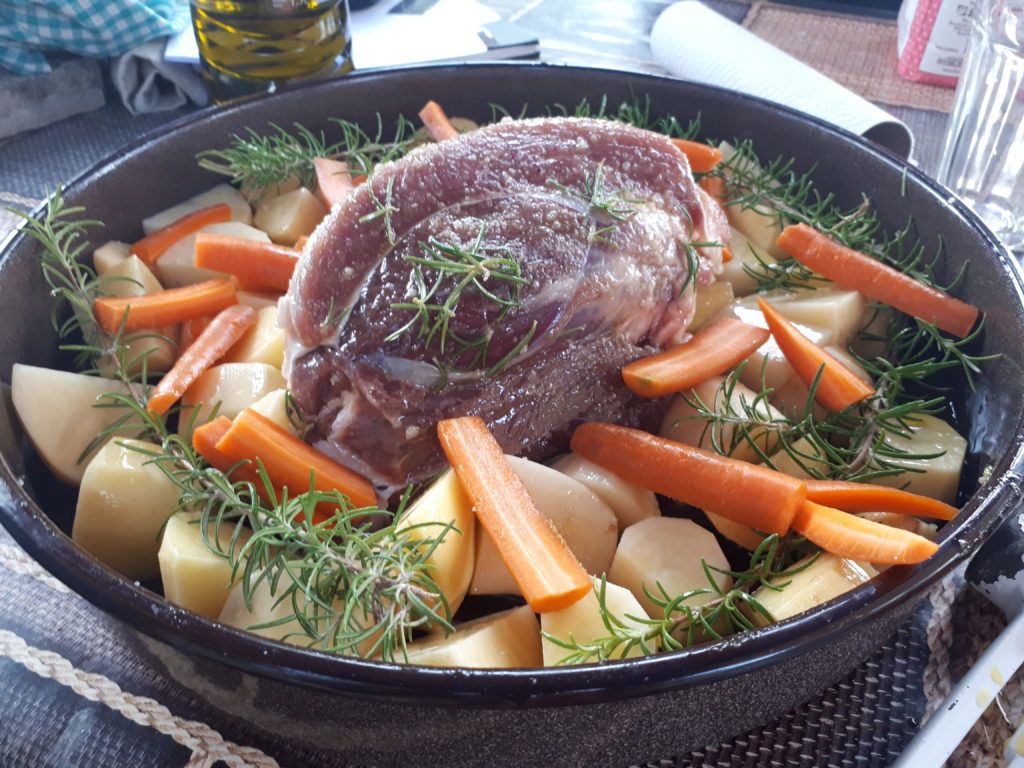
Just like in the oven, the meat should be in one big piece. Approximately 1 to 2 kilograms is about the right size. Smaller pieces would burn up too fast and end up as small cinders. Potatoes should be peeled and cut in big pieces or left whole. You can throw some vegetables in the mix, to improve the taste. Carrots, onions or peppers are a nice idea. Meat is abundantly salted and peppered. All the components are put in the pot and oiled up, preferably with olive oil. Next, the pot is put on the fireplace, which has been cleared of the burning wood and embers. Lid is placed over the pot and lightly covered with embers. After about 30 minutes the lid is lifted an meat is turned around, to get an even crust. After additional 30 minutes the meat should be done – depending how big the meat peace was. Check if it is cooked by cutting it open. If the inside is too raw, just put it under the lid for another 10 to 20 minutes.
Baked octopus with potatoes
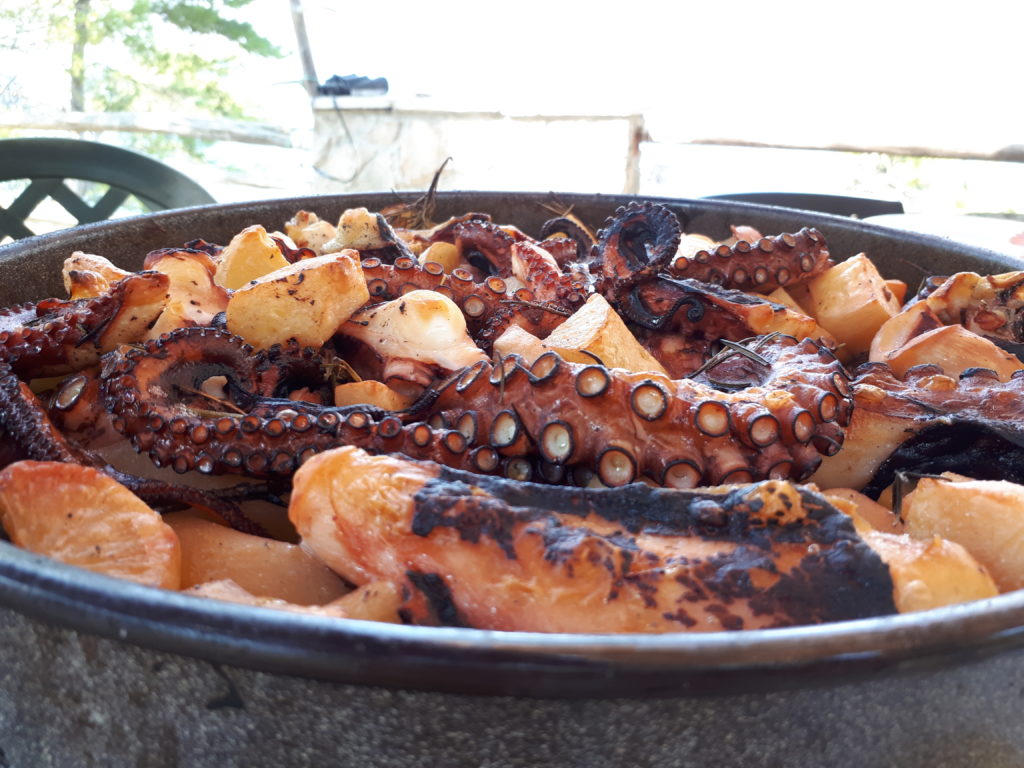
Octopus should be cleaned, its entrails , eyes and beak removed. Tentacles are cut into 10 cm pieces and the head is cut in halve. Potatoes should be peeled and cut in big pieces or left whole. Everything is put in the pot and oiled with olive oil. No salt is used, since the octapus is salty enough. The pot is placed under the lid and lightly covered with embers. After 30 minutes the lid is removed. The octopus and potatoes should be cooking in a lot of water, released by the octopus. If you want baked octopus, most of the water should be poured away. This requires some skill, since the pot is hot and heavy and potatoes do fall out easily. If you do not remove the water, the octopus will be cooked not baked. Both options are acceptable, it is just a matter of taste. The pot is put back on the fireplace and covered with embers. After 30 minutes the lid is opened again and excess water is removed. Potatoes and octopus can be shuffled around a bit, to ensure they are equally baked. Again the lid is placed back and lightly covered with embers. After final 20 minutes everything should be nicely baked and ready to enjoy.
Bread from coal bed
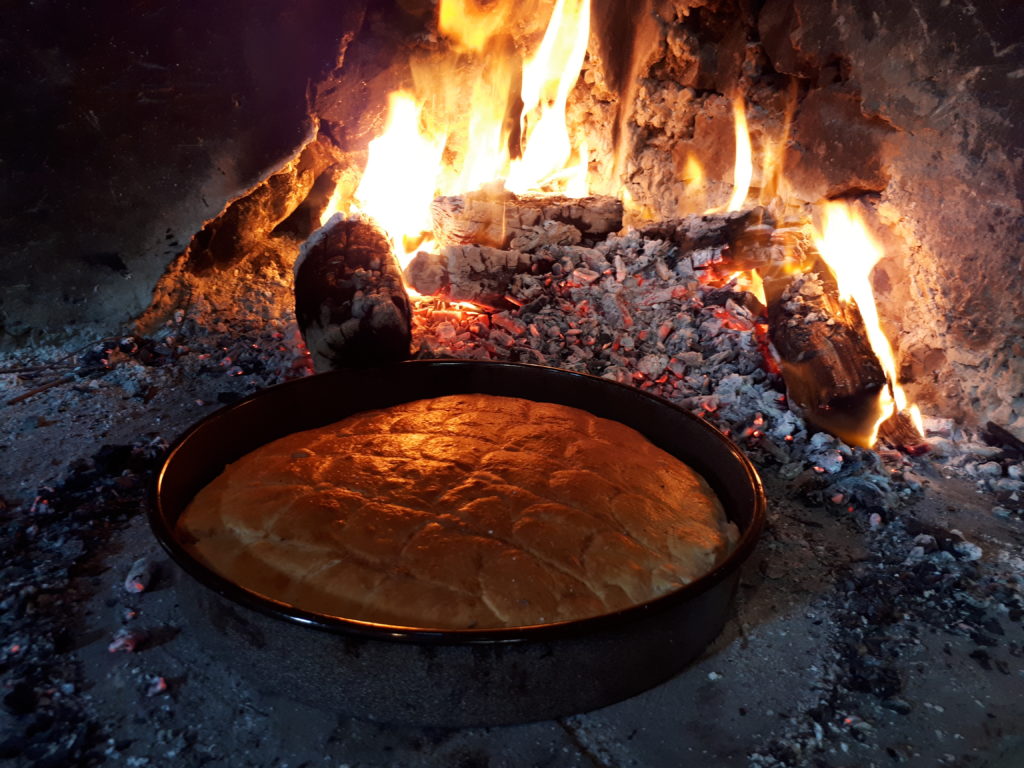
Baking bread in coal bed is really fast. Just make the dough of any kind. The simplest would be mixing 0.5 kilograms of white flour, 2 teaspoons of salt and 20 g of fresh yeast. Knead a soft dough while slowly adding 0.3 liters of warm water. Wait for the dough to rise to about twice its starting volume and transfer it to an oiled pot. Put the pot on the fireplace and cover it with the lid. Lightly cover with embers and bake the bread for 15 minutes.
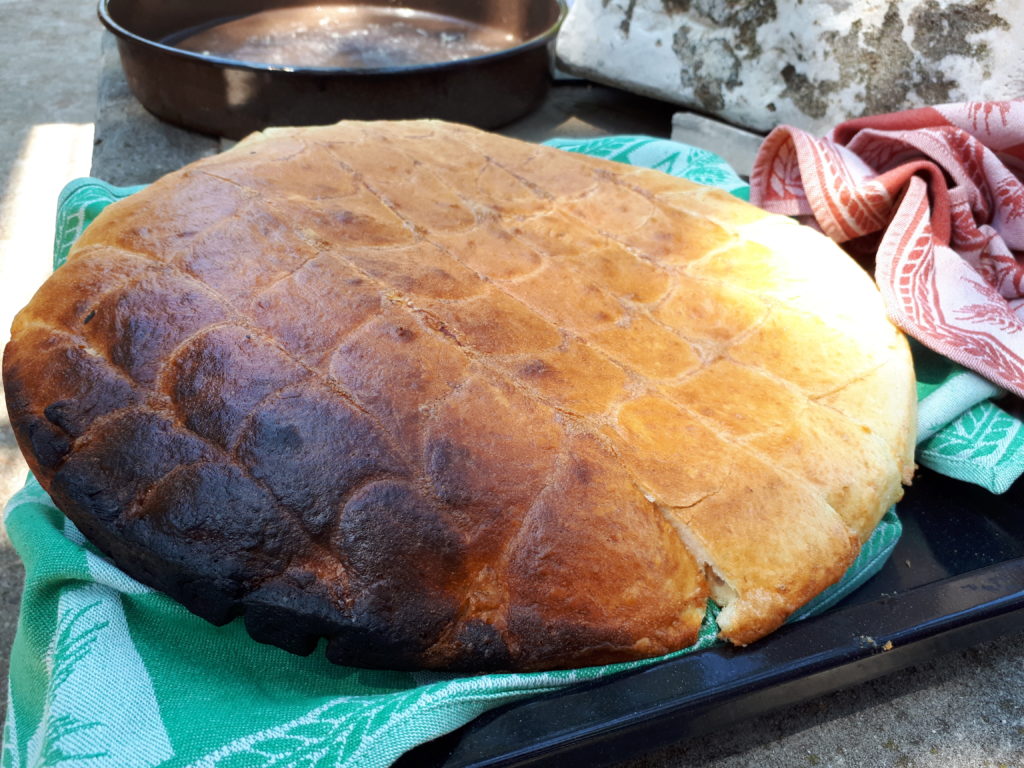
Pizza from coal bed
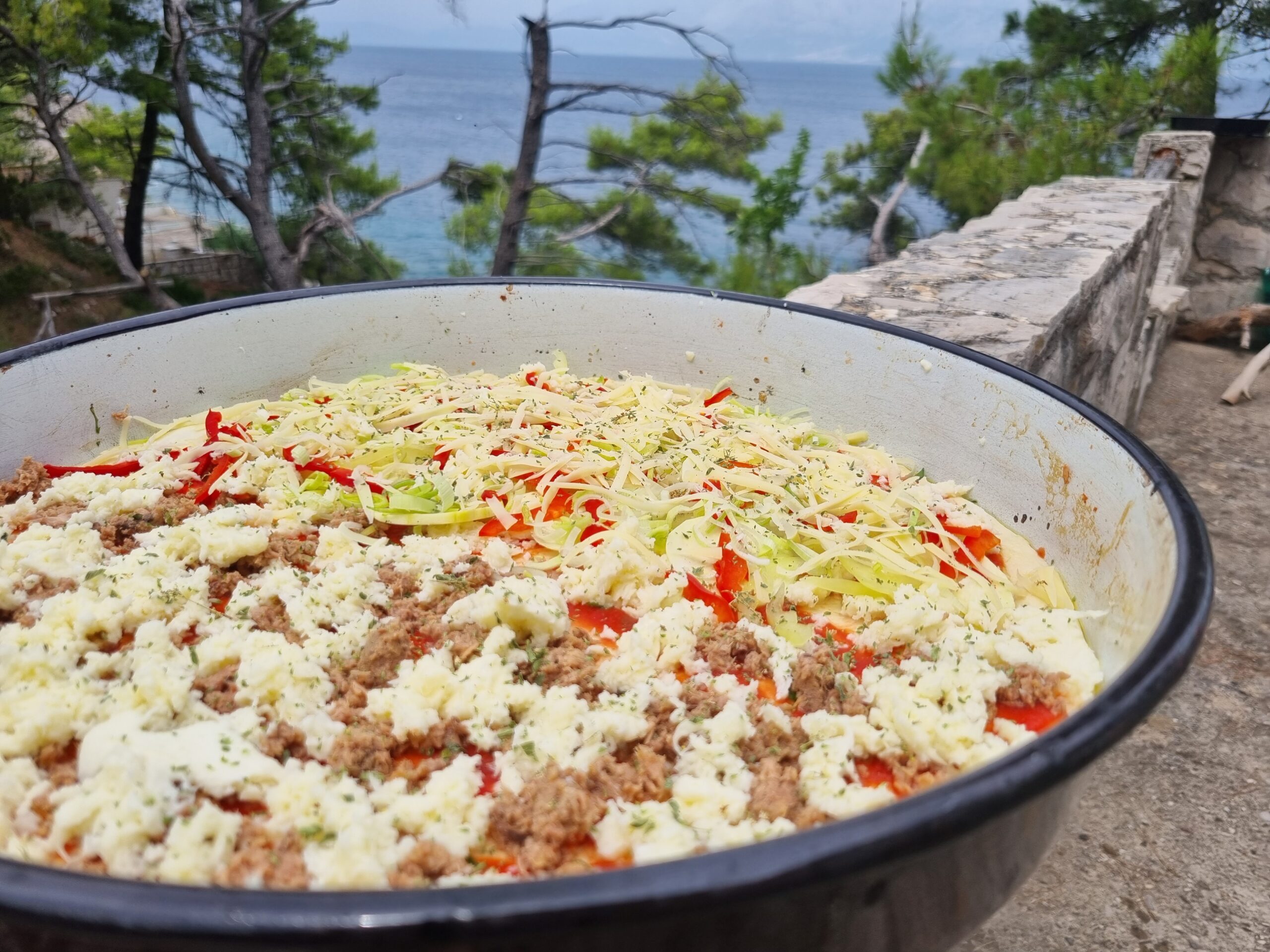
Baking pizza in a coal bed is not that easy and requires some skill. I won’t give details about pizza making, since it is just a simple dough covered with whatever your heart (and taste buds) desire. Just oil the pot, spread the dough and cover it with your favorite things. Then put the pot directly on hot coals – not heated ground, but directly on the coals. Pizza requires a lot of heat. Cover the pot with the lid and cover with embers as much as you can. Bake the pizza for 10 minutes, remove the lid and leave the pizza on hot coals for another 2 minutes. The underside usually requires a bit longer to get that nice crunchiness, hence additional 2 minutes.
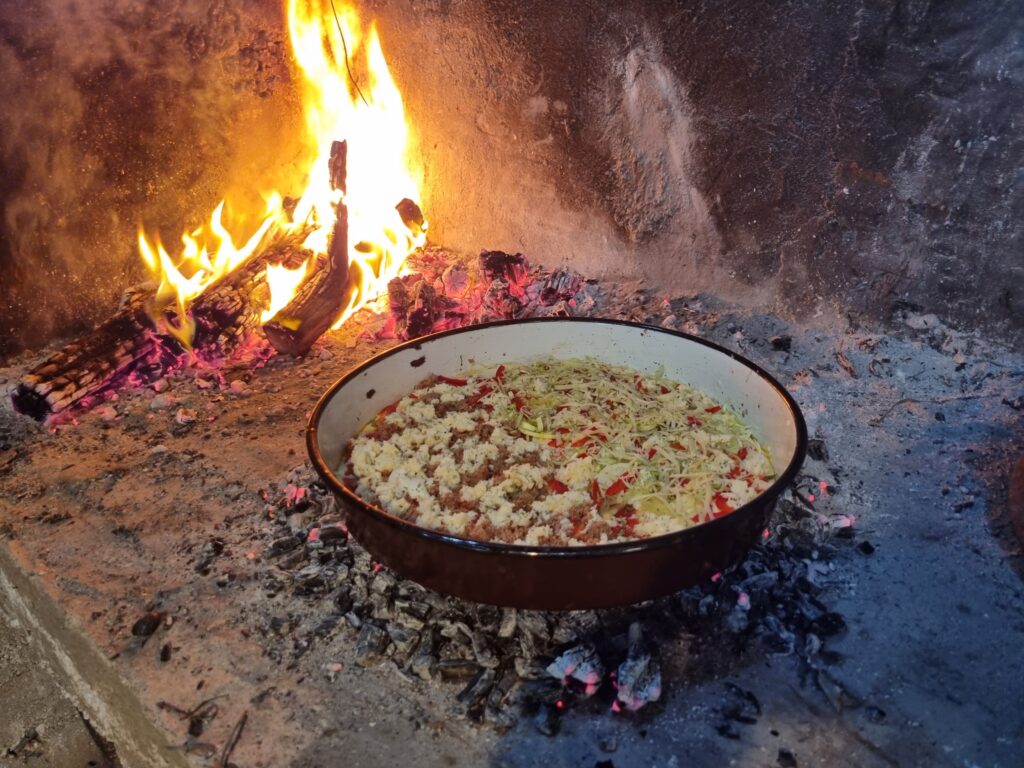
Pulled pork from coal bed
This one is easy, but it takes some time. Just get a nice peat of pork, preferably one with some fat – like pork shoulder. It can also be cut in slices, in which case you roast them as a single piece and shuffle the slices during roasting. Oil the meat, add salt and black pepper and put the meat in the pan. An excellent idea is to add some dark ale to the meat – it adds tenderness, some flavor and prevents the meat from burning at the sides. Now put the pot close to the fire, cover with the lid and very lightly cover with hot coals. Open every 30 minutes to check the progress and turn around the meat to get an even roast. The broth around the meat should be lightly boiling – adjust the distance from fire to get that light simmering. After 4-5 hours the meat should be completely tender and will practically melt in your mouth.
